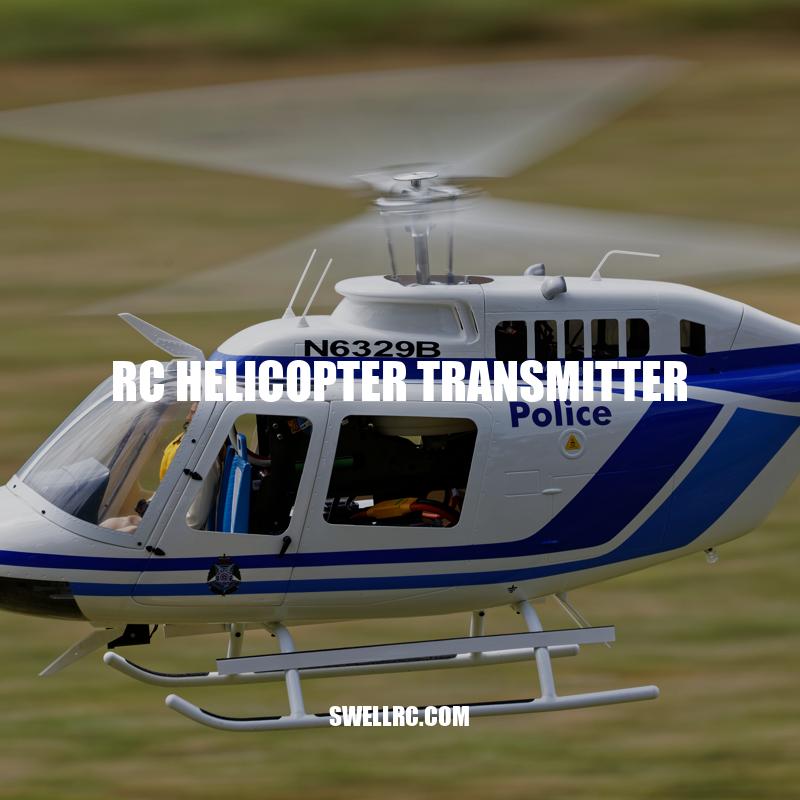RC Helicopter Transmitters: Types, Features, and Troubleshooting.
RC helicopter enthusiasts acknowledge the importance of RC helicopter transmitters in maneuvering their aircraft. A transmitter is a remote control device that sends signals to the helicopter’s receiver. It comes in many different designs, shapes, sizes, and functionalities. However, the primary role of the transmitter is to ensure that the remote controller has full control of the helicopter in real-time. RC helicopter transmitters come in various types, ranging from basic to advanced models. These include the 2-channel, 3-channel, 4-channel, 6-channel transmitters, and more. The more advanced ones come with sophisticated features such as adjustable stick tension, programmable mixes, and telemetry data. Basic transmitters are often ideal for beginners since they are easy to operate and do not come with complex features.
Beginner-friendly, advanced features, and customization options in RC helicopter transmitters
RC helicopter transmitters come in various types, and each model has its unique features to cater to the user’s skill level and preference. The 2-channel transmitter is ideal for beginners or for small helicopters since it has basic functions and is easy to operate. The 3-channel model is a bit more advanced, offering more control options than the 2-channel transmitter. The 4-channel transmitter is suitable for intermediate users and offers more stability and control when flying the helicopter. Advanced users who want maximum control and customization can opt for a 6-channel transmitter that offers superior precision and control. Some websites and stores offer a wide variety of RC helicopter transmitters, such as Amazon or Hobbyking.
The 2-channel transmitters are suitable for beginners with small and lightweight helicopters. They have basic controls for up/down and left/right movement and are affordable and easy to operate.
The 3-channel transmitters control the helicopter’s throttle separately from the up/down movement. They are more advanced than 2-channel transmitters but still suitable for beginners. The 3-channel transmitter also offers more control over the helicopter’s movement.
The 4-channel transmitters include yaw control for turning left or right. They are suitable for intermediate level users and offer more control and stability over the helicopter’s movement compared to 2- and 3-channel transmitters.
The 6-channel transmitters are suitable for advanced users who want maximum control and customization. They include features such as adjustable stick sensitivity, programmable mixes, and telemetry data. The 6-channel transmitter offers superior precision and control over the helicopter’s movement. You can find a wide selection of RC helicopter transmitters on websites like Horizon Hobby or Amain Hobbies.
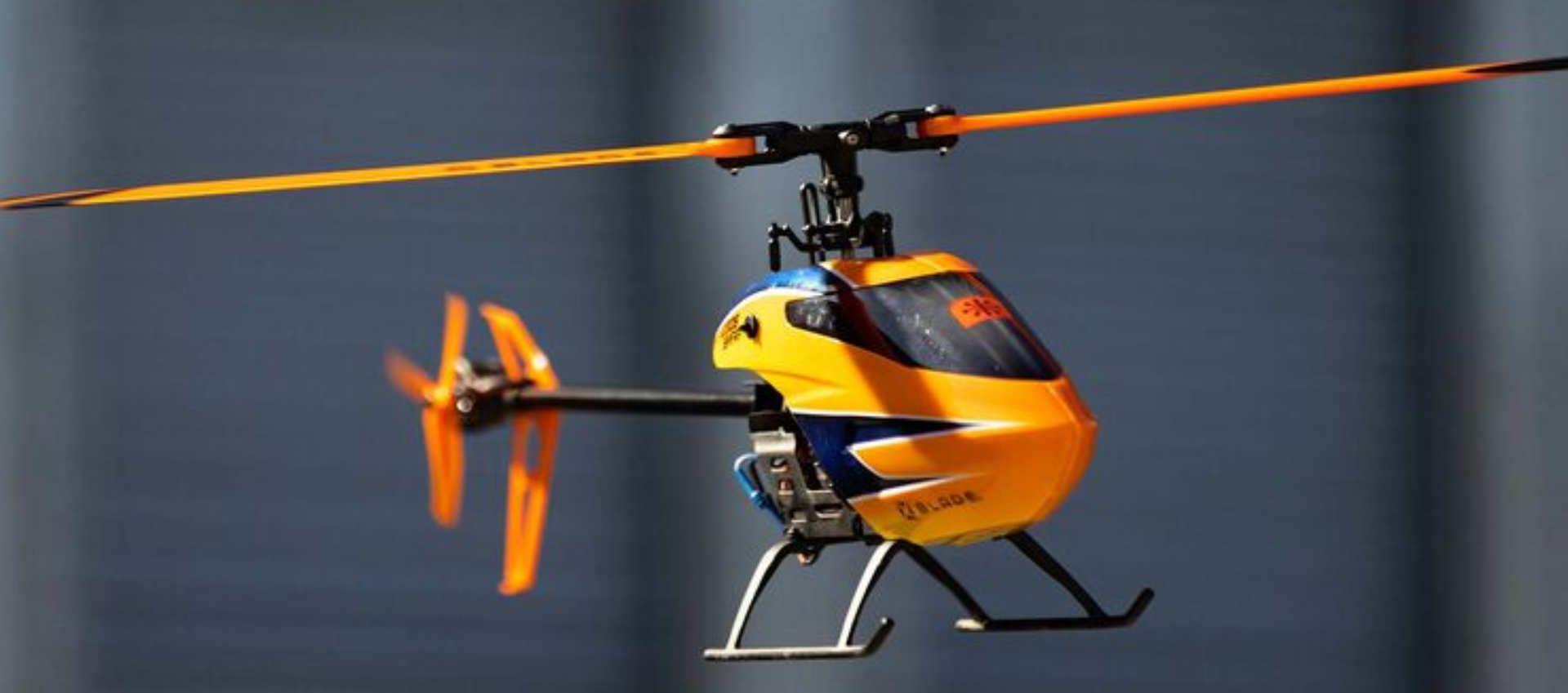
What are the different types of RC helicopter transmitters and which one is best for beginners?
The different types of RC helicopter transmitters are single-channel, 2-channel, 3-channel, 4-channel, 6-channel, and 8-channel. The 4-channel transmitter is best for beginners.
Key Considerations When Choosing an RC Helicopter Transmitter
When choosing an RC helicopter transmitter, several factors should be considered, such as helicopter type, skill level, budget, and user preference. For example, a single-rotor helicopter requires at least a 4-channel transmitter, while a twin-rotor helicopter typically requires a 6-channel transmitter. Some websites offer budget-friendly models for beginners such as the Flysky FS-i6X or the Spektrum DX6e, while more expensive models such as the Futaba 16SZ are suitable for advanced users.
In general, it’s advisable to opt for a transmitter that offers room for growth, and the ability to upgrade without having to purchase a new one. Ultimately, choosing the right RC helicopter transmitter is a crucial part of the hobby. By considering factors such as helicopter type, skill level, budget, and personal preferences, users can find a transmitter that meets their needs and enhances their flying experience.
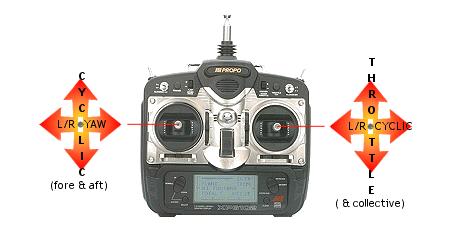
What factors should be considered when choosing an RC helicopter transmitter?
Factors that should be considered when choosing an RC helicopter transmitter include channels, range, compatibility, features, ergonomics, and budget.
Mastering Your RC Helicopter Transmitter
Using an RC helicopter transmitter is a relatively straightforward process, although it requires some level of skill and patience. Before liftoff, ensure that the transmitter battery is fully charged. After, follow these steps:
- Turn on the Transmitter:
- Flip the on/off switch to turn on the transmitter
- Ensure the transmitter and receiver are paired before liftoff
- Control Sticks:
- The left stick controls throttle and yaw
- The right stick controls pitch and roll
- For beginners, start with small stick movements to avoid making abrupt changes to the helicopter’s position
- Calibration:
- Ensure that the transmitter is calibrated before flying
- Calibrate the sticks to ensure they are neutral and centered
- Avoid Interference:
- Stay away from other sources of radio frequency interference, such as Wi-Fi networks or electrical wires
- Avoid flying around large metal objects that can cause signal loss
One website that provides a step-by-step guide on using an RC helicopter transmitter is RC Helicopter Fun. The website provides detailed tutorials on how to use basic and advanced transmitters, how to calibrate them, and how to avoid signal interference. In addition, several products on the market can help users improve their RC helicopter flying experience. For example, the Spektrum DX6e transmitter comes with adjustable stick tension, a backlit screen, and a 250-model memory.
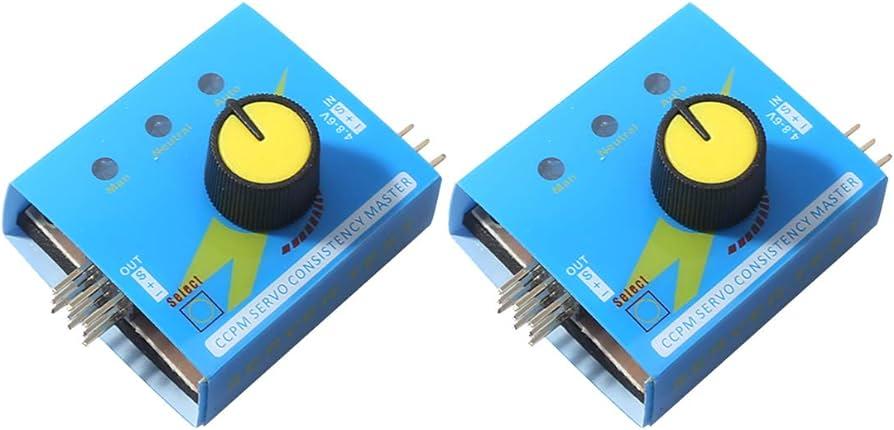
What are some tips to avoid signal interference when using an RC helicopter transmitter?
Some tips to avoid signal interference when using an RC helicopter transmitter are to choose a frequency that is not being used by other devices, keep the transmitter antennas and receiver antennas as far away from each other as possible, and avoid flying near large metal objects or power lines.
Troubleshooting Tips for RC Helicopter Transmitter Issues
Although RC helicopter transmitters are generally reliable, there are some common issues users may experience. Here are some tips for troubleshooting these issues:
- Signal Loss:
- Ensure that the transmitter and receiver are properly paired and calibrated
- Avoid flying in areas with potential radio frequency interference
- Check the antenna to make sure it’s not damaged
- Calibration Issues:
- Recalibrate the sticks to ensure they are neutral and centered
- Ensure the transmitter and receiver are synced correctly
- Battery Issues:
- Replace the battery in the transmitter if it’s not holding a charge
- Charge the battery properly for optimal performance
If users continue to experience problems with their transmitter, it’s advisable to reach out to the manufacturer or seek help from online forums. Many websites provide useful tutorials on troubleshooting, and users can benefit from learning from others’ experiences. In addition, there are several products on the market, such as the Jeti Transmitter, which has advanced telemetry features and receivers to enhance the user’s flying experience. Finally, it’s important to remember that the transmitter is a crucial part of the RC helicopter hobby, and regular maintenance and care can help prolong its lifespan.
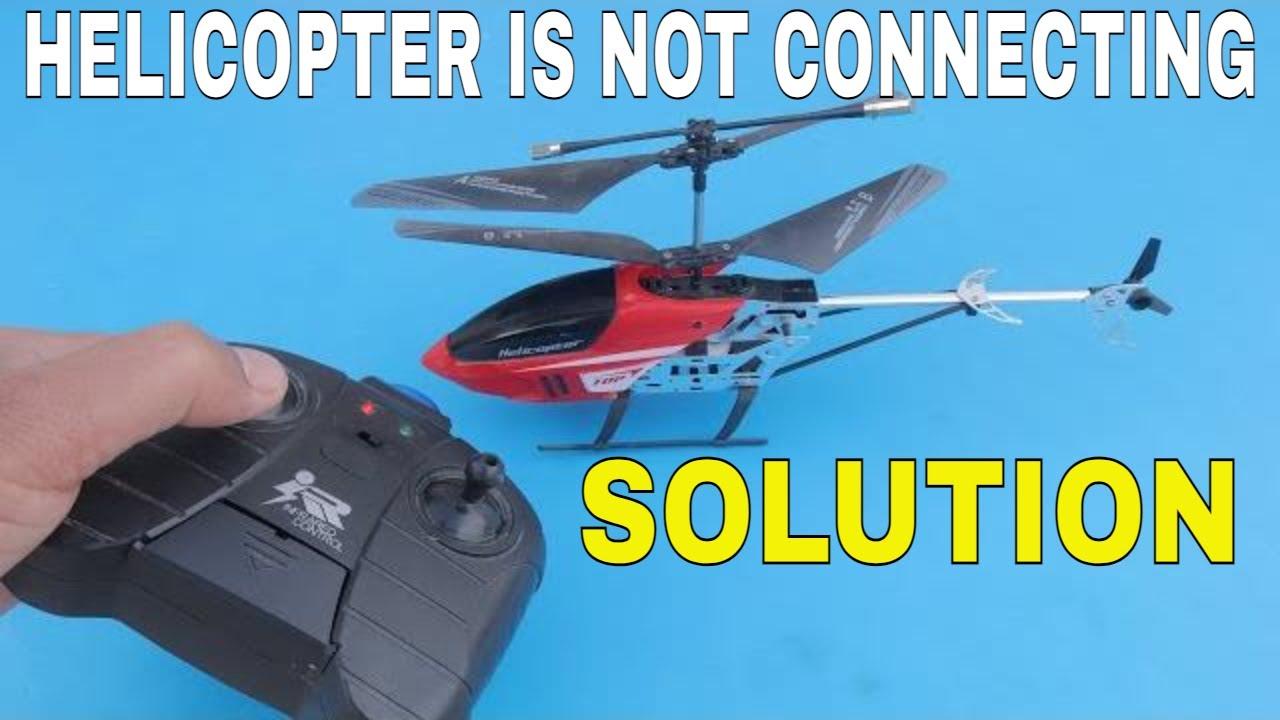
Where can users seek help for transmitter issues with their RC helicopter?
Users can seek help for transmitter issues with their RC helicopter from the manufacturer’s customer support or forums, hobby shops, or online communities and forums dedicated to RC helicopters.
RC helicopter enthusiasts invest a lot of time and effort in mastering the art of controlling their craft. The RC helicopter transmitter is a vital tool in making this possible, offering precise and accurate control in real-time. Whether it’s a basic or advanced model, the transmitter is a key ingredient in a successful RC helicopter flight. Choosing the right one, knowing how to use it, and troubleshooting common issues can help users navigate the skies with confidence.
In conclusion, RC helicopter transmitters are the backbone of the RC helicopter hobby, and users should treat them with respect and care. With the right transmitter, users can gain full control and enjoy the moments of flying a remote control helicopter. Users who follow the manufacturer’s instructions and best practices can minimize issues and prolong the lifespan of their transmitter. Many websites provide useful guides, forums, and tutorials on RC helicopter transmitter topics, which learners can use as resources to enhance their knowledge and skills. Ultimately, taking good care of the transmitter guarantees a great flying experience and can lead to a long-lasting relationship between the user and the helicopter.

